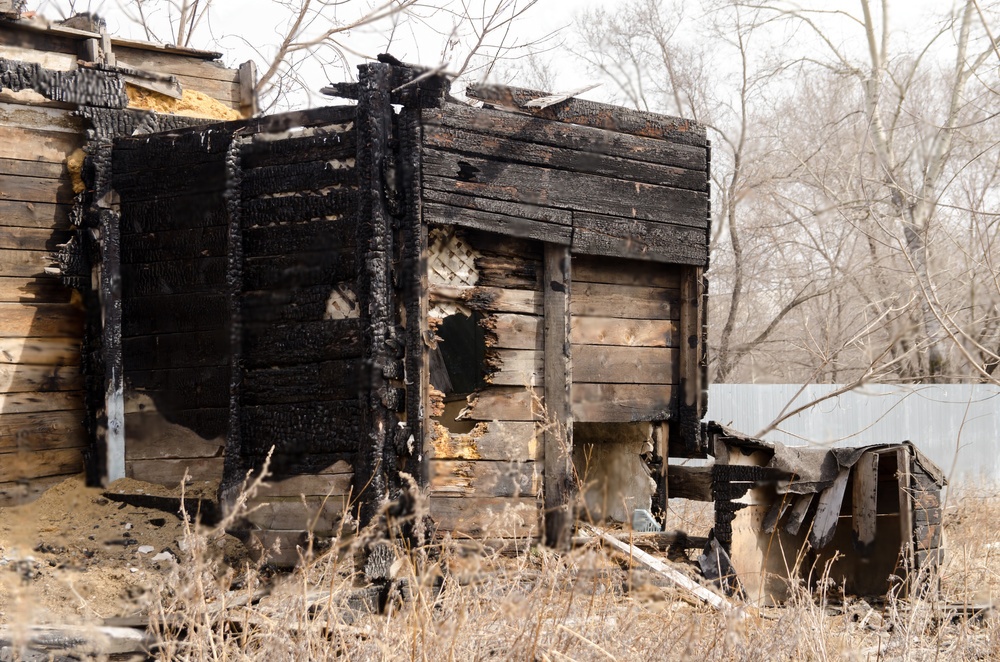Fire damage can be devastating, leaving behind charred belongings, smoke damage, and structural issues. Restoring a property after a fire requires a systematic and effective approach that combines cleaning, repairs, and safety measures. This article will explore some of the most effective fire damage restoration techniques.
1. Safety Assessment:
The first step in fire damage restoration is to conduct a thorough safety assessment of the property. This includes checking for structural integrity, electrical hazards, and potential health risks. Only after ensuring a safe working environment can the restoration process begin.
2. Damage Assessment:
Once the property is deemed safe, a professional restoration team will assess the extent of the fire damage. This involves examining the affected areas, identifying salvageable items, and estimating the scope of repairs needed. A detailed damage assessment helps in developing an effective restoration plan.
3. Removal of Debris:
The next step is to remove any debris left behind by the fire. This includes charred materials, ashes, and any hazardous substances. Proper disposal of debris is crucial to prevent further damage and ensure the safety of the restoration team.
4. Cleaning and Restoration:
After debris removal, the cleaning and restoration process begins. This involves using specialized equipment and techniques to clean soot, smoke, and water damage from the property. This may include dry cleaning, wet cleaning, and specialized treatments to remove odors and stains.
5. Salvage and Restoration of Belongings:
Professional restoration teams are equipped with the knowledge and tools to salvage and restore belongings affected by fire damage. This may involve content cleaning, deodorization, and repairs. Advanced techniques like ozone treatment and thermal fogging can be used to remove smoke odors from items.
6. Structural Repairs:
Fire can cause significant damage to the structure of a property. Restoring the structural integrity is crucial for the safety and functionality of the building. This may involve repairing or replacing damaged walls, floors, roofs, and electrical systems. It is important to work with experienced contractors to ensure proper repairs are done.
7. HVAC System Cleaning:
Smoke and soot particles can infiltrate the HVAC system, spreading odors and contaminants throughout the property. Cleaning and decontaminating the HVAC system is essential to prevent the re-circulation of smoke particles. This may involve cleaning air ducts, replacing filters, and sanitizing the system.
8. Odor Removal:
One of the most challenging aspects of fire damage restoration is the removal of smoke odors. To eliminate odors, professional restoration teams use advanced techniques like thermal fogging, ozone treatment, and air scrubbers. These techniques penetrate porous materials, neutralizing the odor-causing particles.
9. Prevention of Mold and Mildew:
Fire damage often leads to water damage due to firefighting efforts. This water can create a favorable environment for mold and mildew growth. Proper drying and dehumidification techniques must be employed to prevent these issues. Additionally, affected areas should be treated with antimicrobial solutions to inhibit mold growth.
In conclusion, effective fire damage restoration requires a comprehensive approach that includes safety assessment, damage assessment, debris removal, cleaning and restoration, salvage of belongings, structural repairs, HVAC system cleaning, odor removal, and prevention of mold and mildew. Working with experienced professionals with the knowledge and expertise to implement these techniques effectively is crucial. Following these steps can restore a property to its pre-fire condition, allowing homeowners to move forward after a traumatic event.

